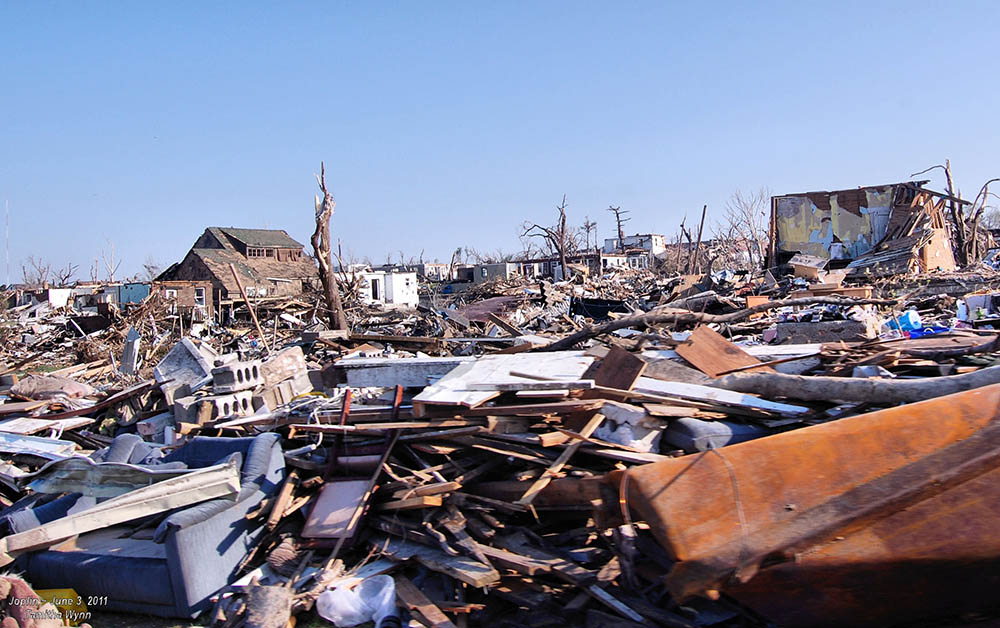What happens if your historic building has been damaged, or worse, destroyed by a natural disaster? Unfortunately, widespread damage to economies and communities happens frequently from flood, tornado, hurricane, or other natural disasters.
Let’s say, for example, tax credits were secured during the process to beautifully restore a historic school and convert it to rental housing. It's located on the plains of the Midwest.
Recapture
The historic tax credit is subject to recapture if a building is sold or ceases to be business use property within five years from the date it was first placed in service. Presuming our historic building was restored and in-service during December of 2020, the recapture period would run through December of 2025.
Timing of the Damage
Unfortunately, a tornado strikes the building. According to the Internal Revenue Code there are multiple criteria that can cause a recapture event, including when the property is destroyed by a casualty within five years of first claiming the historic credits. If the historic property is beyond five years from when the building was placed in service, no recapture of the credit would be required. If our hypothetical tornado destroyed the property during June of 2021, it would be within the five-year period and the tax credits would be subject to recapture.
Extent of the Damage
Partially damaged property would not trigger recapture if the building can be restored in accordance with the National Park Service (NPS) standards for rehabilitation in coordination with the state historic preservation office (SHPO). If the building is destroyed beyond repair or the historic integrity of the building is compromised, a tax credit recapture event has occurred. If the tornado only damaged landscaping and shingles, there would not be any recapture. Unluckily, the tornado that hits our example building carried half of it away, damaging the structural integrity beyond repair. In this case, the tax credits would be subject to recapture.
Calculating the Recapture
Recapture is calculated ratably over the five-year tax credit life of the project. If the recapture occurs before the first anniversary of the credit claimed, the recapture is equal to 100%. If the recapture occurs before the second anniversary of the credit claimed, the recapture is equal to 80% and so on. After five years, there is no recapture. In our example, the tornado destroyed the building during June of 2021, only six months after it was in service. This would be a most unfortunate scenario because the building wouldn’t have been in service for a full year.
Disaster Assistance
In the case of widespread natural disasters, additional relief may be available. For example, Congress has responded with natural disaster assistance that included an enhanced tax credit amount of 6%, raising the credit to 26% for specific areas for a specific period of time. Continuing with our example, if the Midwest community in which our building was located was eligible for enhanced credits, owners would be able to take advantage of an additional 6% federal credit to aid in community rebuilding.
Insurance Coverage
Historic tax credit insurance is available and designed to protect owners and developers against loss that may result from the recapture of tax credits, including significant property damage either during or after the rehabilitation. In our example, even though the building was destroyed after just six months, the owners carried insurance that was used to make investors whole and they rebuilt the property for its tenants.
In the unfortunate event that your project is affected by a natural disaster, you don’t have to navigate it alone. The team at MarksNelson can help guide you through the process.


